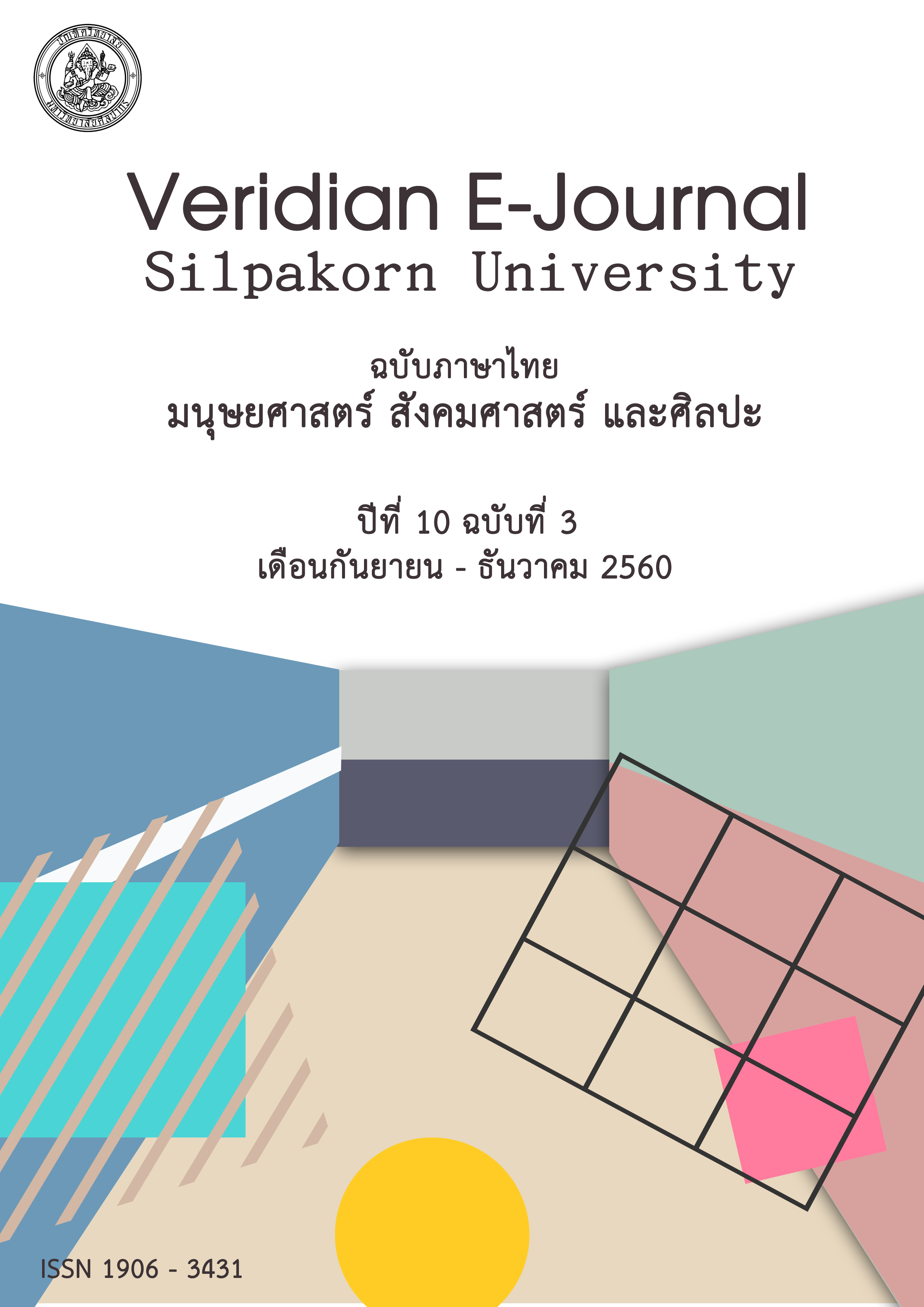การพัฒนารูปแบบการนำผลการประเมินคุณภาพภายนอกไปใช้ประโยชน์ในการพัฒนาคุณภาพ สถานศึกษาขั้นพื้นฐานขนาดเล็ก ในภาคตะวันออกเฉียงเหนือ
Main Article Content
Abstract
การวิจัยครั้งนี้มีวัตถุประสงค์เพื่อ 1) วิเคราะห์ปัจจัยเชิงสาเหตุที่ส่งผลต่อการนำผลการประเมินคุณภาพภายนอกไปใช้ประโยชน์ 2) พัฒนารูปแบบการนำผลการประเมินคุณภาพภายนอกไปใช้ประโยชน์ และ 3) ทดลองใช้และประเมินคุณภาพของรูปแบบการนำผลการประเมินคุณภาพไปใช้ประโยชน์ในการพัฒนาคุณภาพสถานศึกษาขั้นพื้นฐานขนาดเล็กในภาคตะวันออกเฉียงเหนือ กลุ่มตัวอย่าง คือ โรงเรียนขนาดเล็กในภาคตะวันออกเฉียงเหนือจำนวน 562 โรงเรียน ซึ่งได้มาจากการสุ่มแบบหลายขั้นตอน โรงเรียนที่มีผลการปฏิบัติงาน เป็นเลิศ 4 โรงเรียน และโรงเรียนที่ทดลองใช้รูปแบบ 5 โรงเรียน เครื่องมือที่ใช้คือ แบบสอบถาม แบบสัมภาษณ์และแบบประเมิน วิเคราะห์ข้อมูลโดยการวิเคราะห์เนื้อหา การหาค่าเฉลี่ย ส่วนเบี่ยงเบนมาตรฐาน และการวิเคราะห์ปัจจัยเชิงสาเหตุ โดยใช้โปรแกรมสำเร็จรูปเพื่อตรวจสอบความสอดคล้องของโมเดลกับข้อมูลเชิงประจักษ์ ผลการวิจัยพบว่า
- ปัจจัยเชิงสาเหตุที่ส่งผลต่อการนำผลการประเมินคุณภาพภายนอกไปใช้ประโยชน์ในการพัฒนาคุณภาพสถานศึกษา พบว่า โมเดลปัจจัยเชิงสาเหตุมีความสอดคล้องกับข้อมูลเชิงประจักษ์ โดยที่ตัวแปรด้านบุคลากรภายในองค์กร (b=0.89) และตัวแปรด้านการกำกับติดตามจากหน่วยงานต้นสังกัด (b=0.31) มีอิทธิพลต่อการนำผลการประเมินไปใช้ประโยชน์อย่างมีนัยสำคัญทางสถิติที่ระดับ .05
- รูปแบบการนำผลการประเมินคุณภาพภายนอกไปใช้ประโยชน์ มีขั้นตอนดังนี้ 1) การสร้างความตระหนักและความเข้าใจก่อนการประเมิน (Awareness) 2) การตรวจสอบยืนยัน (Check) กับผลการประกันคุณภาพภายในและผลการดำเนินงานของสถานศึกษา 3) การวางแผน (Plan) การดำเนินงานร่วมกับบุคลากรภายในสถานศึกษาและผู้มีส่วนเกี่ยวข้องภายนอก 4) การดำเนินการ (Action) 5) การประเมินผลการดำเนินงาน (Evaluation)
- ผลการทดลองใช้ พบว่า รูปแบบสามารถนำไปใช้ได้ สอดคล้องกับบริบทของสถานศึกษา โดยควรเพิ่มตัวอย่างให้ง่ายต่อการนำไปใช้มากขึ้น สำหรับผลการประเมินคุณภาพของรูปแบบ พบว่า ความเป็นประโยชน์ (M=4.25, SD = 0.51) ความเหมาะสม (M=4.21, SD = 0.45) ความเป็นไปได้ (M=4.00, SD = 0.45) และความถูกต้อง (M=4.19, SD = 0.40) ทุกด้านมีผลประเมินอยู่ในระดับดี
The objectives of this research were to 1) analyze casual factors which affected the utilization of external evaluation results; 2) develop the model of utilization of external evaluation and 3) implement trial and evaluate the quality of the model for improving education quality of small basic education schools in the Northeastern of Thailand. The sample was 562 small basic education schools in the Northeastern of Thailand received from multistage random sampling, 4 schools with best practice and 5 schools with trial model. The tools used in this research were questionnaire, interview form and evaluation form. The data was analyzed by content analysis, mean and standard deviation, and causal factor analysis in order to examine the consistency of the model with empirical data. According to the research results, it was found that:
- From the casual factors which affected the utilization of external evaluation results for improving education quality, it was discovered that causal factor model was consistent with empirical. When considering effect size of variables in the model, it was found that personnel in the organization variable (b=0.89) and the original affiliation’s monitoring variable (b=0.31) had influence on the utilization of evaluation results at the significant level .05.
- The model of the external evaluation utilization consists of 5 stages which are 1) Building awareness and understanding before evaluation; 2) Checking and verification with the results of internal quality assurance and school performance; 3) Planning to cooperate with school personnel and external stakeholders; 4) Implementing (Action) and 5) Evaluation.
- From the trial result, it was discovered that the model could be applied consistently with the context of the school that more samples should be added to make it easier to apply. According to the result of model evaluation, it was found that all perspectives of the model which were utility (M=4.25, SD = 0.51), propriety (M=4.21, SD = 0.45), feasibility (M=4.00, SD = 0.45) and accuracy (M=4.19, SD = 0.40) received evaluation result at good level.

